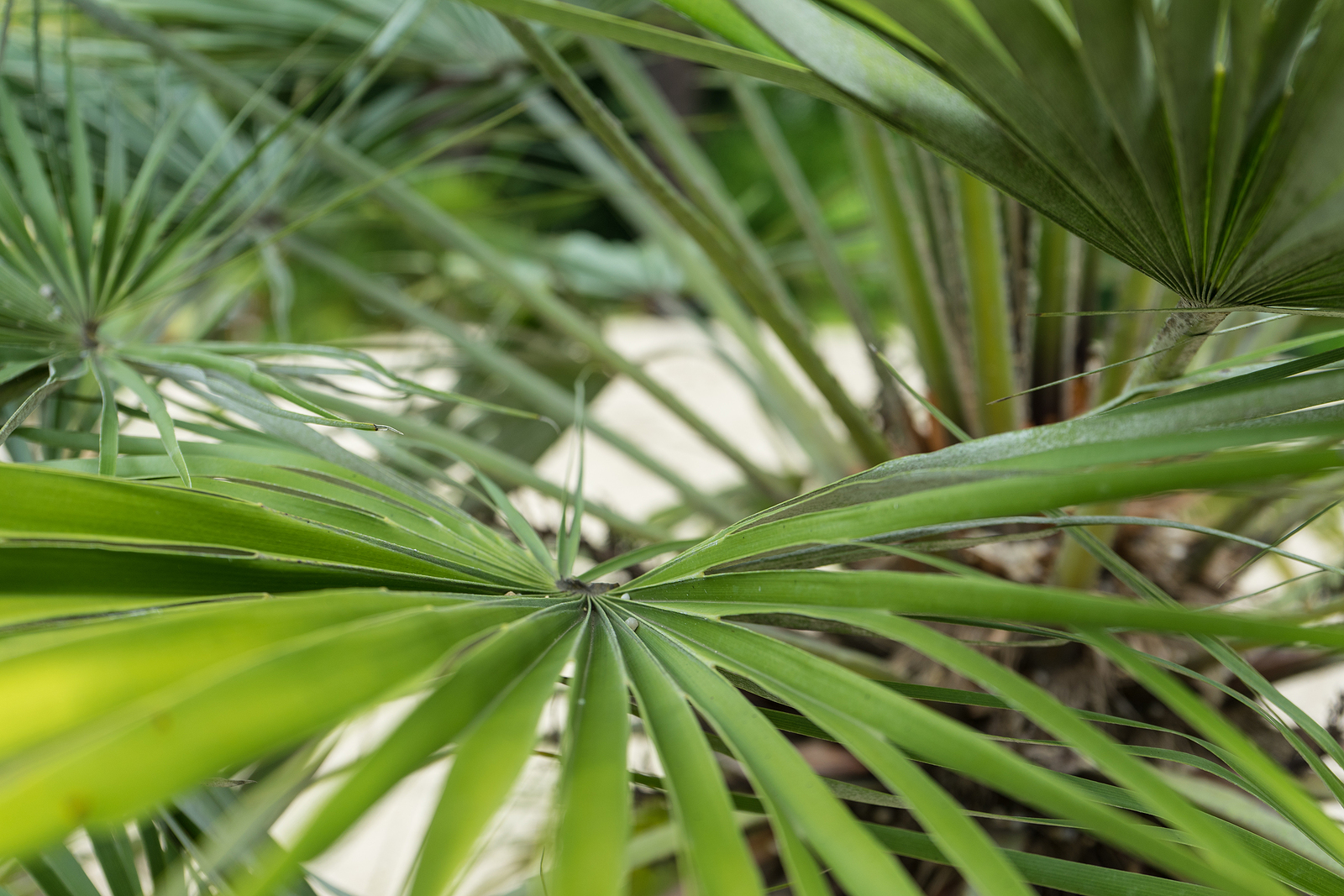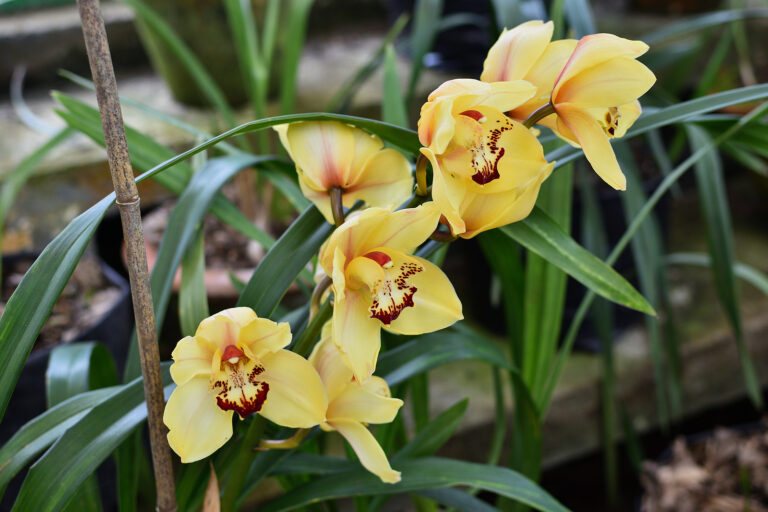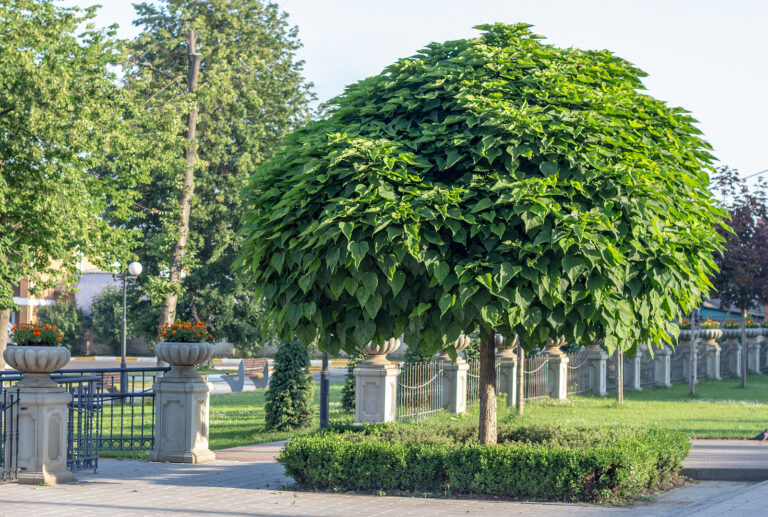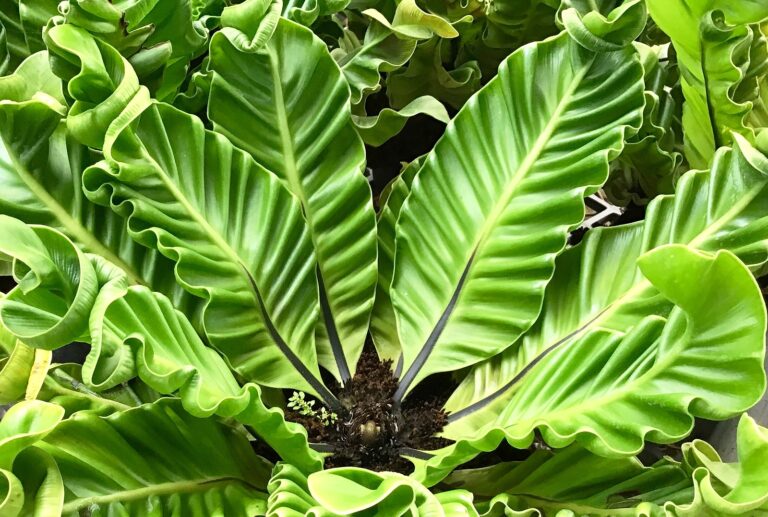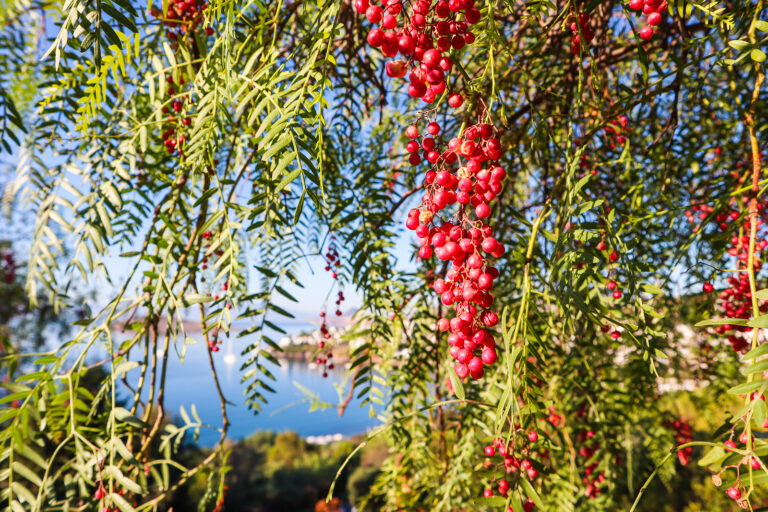How to Grow Dwarf Fan Palm — Chamaerops
Chamaerops–commonly called dwarf fan palm or Mediterranean fan palm–is a bushy palm with bluish or grayish-green leaves. It has multiple stiff, spiny stems that emerge from a fiber-covered base. At the top of each stem is a dark green, fan-shaped frond. Each frond is divided into many sword-shaped sections.
Chamaerops is one of the hardiest palms. It can withstand temperatures as low as 32°F (0°C).
Chamaerops is a genus of one species. It is commonly grown as a houseplant, but in warm-winter regions, it can be grown as a specimen outdoors.
Chamaerops is native to rock and sandy slopes and scrub in the western Mediterranean.
Get to know Chamaerops
- Plant type: Palm
- Growing zones and range: Zones 12 to 14.
- Hardiness: Hardy to 32°F (0°C)
- Height and width: 6 to 10 feet (2-3m) tall and 3 to 6 feet (1-2m) wide
- Foliage: Broad, bamboolike leaves
- Flowers: Arching flowering stems bear silvery green flower spikelets that resemble flattened clusters of oats
- Bloom time: Spring to summer
- Uses: Houseplant, container plant, hedge plant where hardy
- Common name: Dwarf fan palm, Mediterranean fan palm
- Botanical name: Chamaerops
- Family name: Arecaceae
- Origin: Western Mediterranean region

Where to plant Chamaerops
- Grow Chamaerops in full sun where the weather is not hot; grow in partial shade in hot summer regions.
- Plant Chamaerops in well-drained, moderately fertile soil. Chamaerops will tolerate poor soil.
When to plant Chamaerops
- Set Chamaerops outdoors in spring or summer.
Planting and spacing Chamaerops
- Space Chamaerops 3 to 6 feet (1-2m) apart.
How to water and feed Chamaerops
- Water: Give Chamaerops regular water. Water sparingly in winter.
- Feeding: Apply a balanced liquid fertilizer monthly.
Chamaerops care
- Repot Chamaerops when it becomes pot bound.
- Pot on or top dress Chamaerops in spring.
Growing Chamaerops as a houseplant
- Chamaerops grows best in direct light, but it can adapt to lower light once it becomes accustomed to growing indoors.
- Chamaerops needs a warm temperature, and medium to high humidity.
- Keep the soil evenly moist but not soggy.
- Apply fertilizer in spring and summer.
Chamaerops pests and diseases
- Spider mites, mealybugs, scale insects, and thrips can attack Chamaerops.
- Butt rot and false smut can occur.
Chamaerops propagation
- Chamaerops can be divided when it becomes pot boung.
- Sow seed at not less asnt 72°F (22°C) in spring.
- Separate suckers in late spring.
Chamaerops varieties to grow
- Chamaerops humilis. Grows in bushy clumps to 20 feet tall and sometimes as wide; green to bluish-green leaves.

